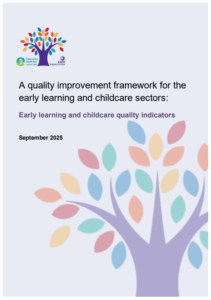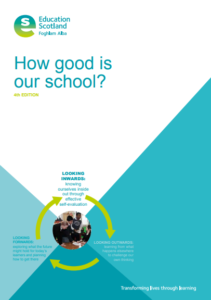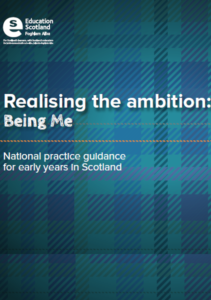QI 2.3 p36-37 Learning, Teaching and Assessment
Features of highly effective practice
Learners receive high-quality feedback and have an accurate understanding of their progress in learning and what they need to do to improve.
Planning is proportionate and manageable and clearly identifies what is to be learned and assessed.
Assessment approaches are matched to the learning needs of learners and are used to support them to demonstrate where they are in their learning.
A quality body of evidence is used to support assessment judgements and decisions about next steps.
Processes for assessment and reporting are manageable and very effective in informing improvements in learning and teaching.
Tracking and monitoring are well-understood and used effectively to secure improved outcomes for all learners, including the most deprived children and young people and those who are looked after
Challenge questions
How confident are we that all learners experience activities which are varied, differentiated, active, and provide effective support and challenge?
How well do we communicate the purpose of learning and give effective explanations for all learners?
How well do we apply the principles of planning, observation, assessment, recording and reporting as an integral feature of learning and teaching?
How well do we make use of a range of valid, reliable and relevant assessment tools and approaches to support the improvement of children and young people’s learning?
How well do we record, analyse and use assessment information to identify development needs for individual learners and specific groups?
QI 3.2 p50-51 Raising attainment and achievement
Features of highly effective practice
Attainment levels in literacy and numeracy are a central feature of the school’s priorities for improvement and are raising attainment.
Very good progress is demonstrated through robust tracking of attainment over time in all curriculum areas and at all stages.
The school’s data demonstrates our current learners are making very good progress.
Confident teacher judgements together with benchmarking and an appropriate range of assessments are leading to improvements in attainment
Challenge questions
How well is our focus on literacy and numeracy leading to raising attainment across the curriculum?
How well do we use evidence from tracking meetings, professional dialogue and assessments to measure progress over time and in particular at points of transition?
How well is assessment evidence used to inform teacher judgements?




